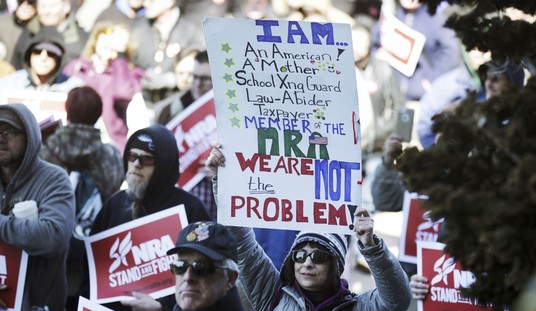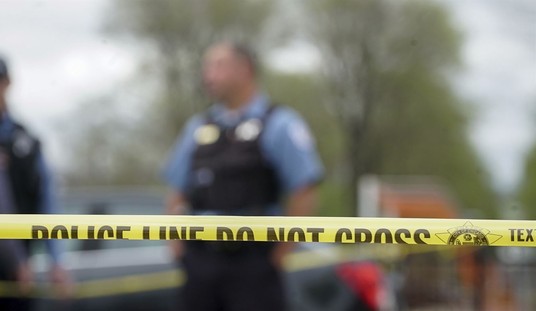Salon‘s Amanda Marcotte has never met a progressive cause she didn’t love. She’s also not afraid to suspend any pretense at critical thinking in order to support the narrative. Most recently, she wrote about how science now proves right-to-carry laws lead to more crime. It proves it!
Of course, it proves it by using “statistical techniques” that illustrate things that they don’t really illustrate.
John Donohue, a legal researcher who works for Stanford Law School, has been working on this question for the better part of two decades. “Turns out it’s a tricky question to answer through statistical means,” he told Salon. But now “this data [has] become complete enough, and some of the new statistical techniques have been implemented,” he continued.
The correlation between the passage of right-to-carry or RTC laws and violent crime has long been documented, Donohue explained, but as anyone with even the most basic knowledge of statistics understands, correlation is not causation. Now, with a combination of sophisticated statistical analysis techniques, Donohue and his team believe they have been able to document a causal relationship.
“Ten years after the adoption of RTC laws, violent crime is estimated to be 13-15 percent higher than it would have been without the RTC law,” explains the paper, published at the National Bureau of Economic Research.
In other words, the statistics as they stood wouldn’t show them precisely what they wanted, so they created new ways to compile the stats so that they will.
Why does this smack of data manipulation? Oh, because it is.
There is absolutely no way you can look at statistics after the fact and determine any law had anything to do with it, especially in a case like this. However, Marcotte uses a handful of recent stories to “prove” her point.
A high-profile killing in Minnesota last week offers a good example. A 25-year-old man named Alexander Weiss, who had a bumper sticker on his car that read “Gun Control Means Hitting Your Target,” was arrested for allegedly shooting 17-year-old Muhammed Rahim to death after a traffic accident. Witnesses describe the two young men as confrontational, and Weiss has claimed he was acting in self-defense. But it’s hard to imagine the incident would have ended in death if Weiss hadn’t been carrying.
While impulsive violence is an issue, Donohue said, perhaps the bigger problem is that “when you start carrying guns, you make them much more likely to be stolen,” which means that right-to-carry laws offer a steady supply of guns to people who are already inclined to commit crimes.
Yet both she and Donohue fail to account that for every dipstick who uses a firearm improperly, just how many people would be dead because they were unable to defend themselves with a firearm? After all, if you’re going to play the whole “if it saves just one life” card, then it’s a two-way street. That one story, one in which most Second Amendment advocates were horrified to hear about, even if exactly what Marcotte presents it as doesn’t negate the sheer magnitude of lives saved by right-to-carry laws.
But I’m sure there won’t be any new “statistical techniques” to account for that, now will there?








Join the conversation as a VIP Member